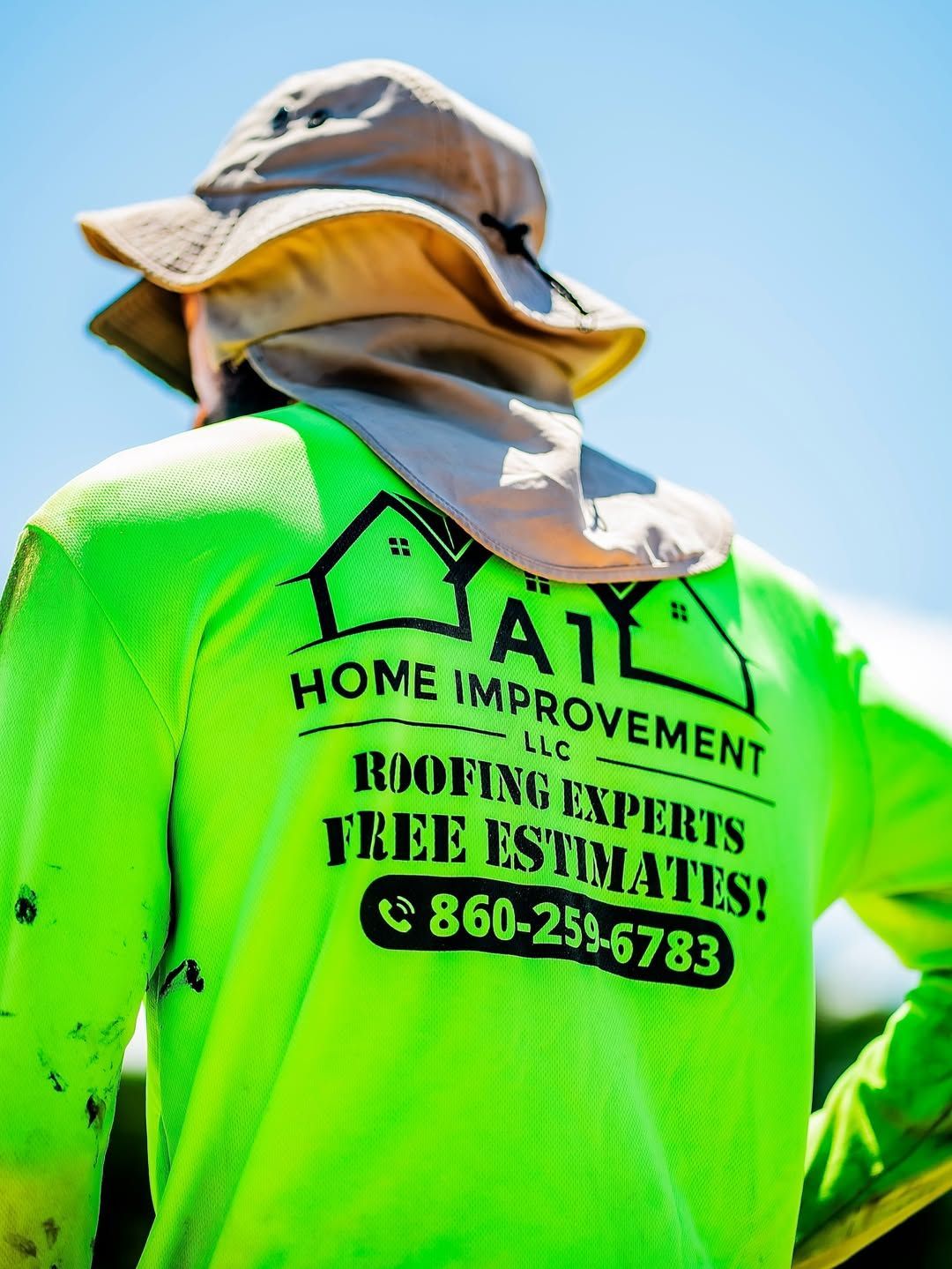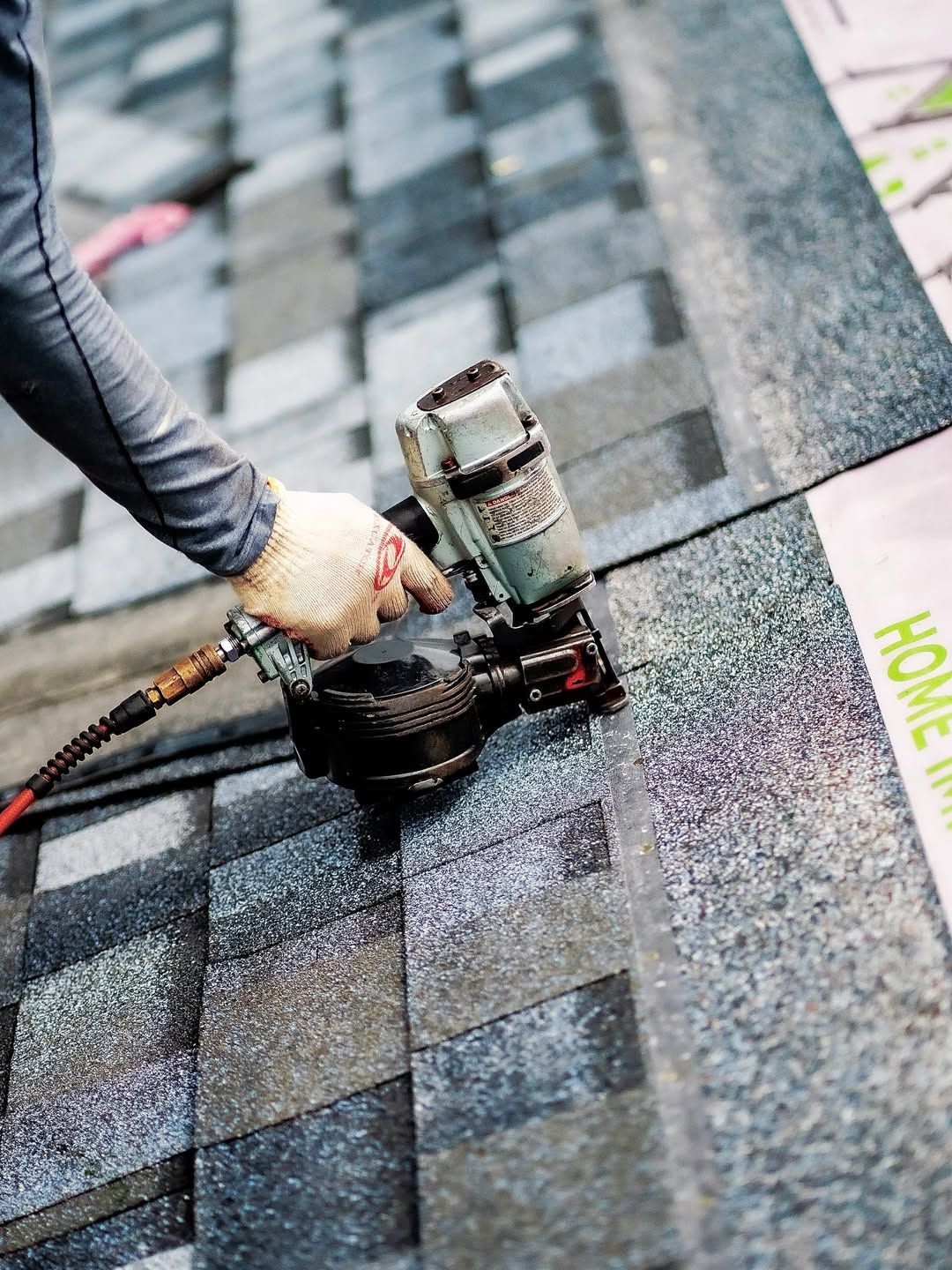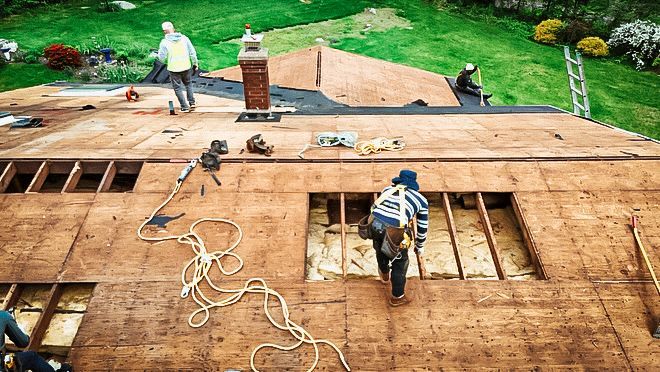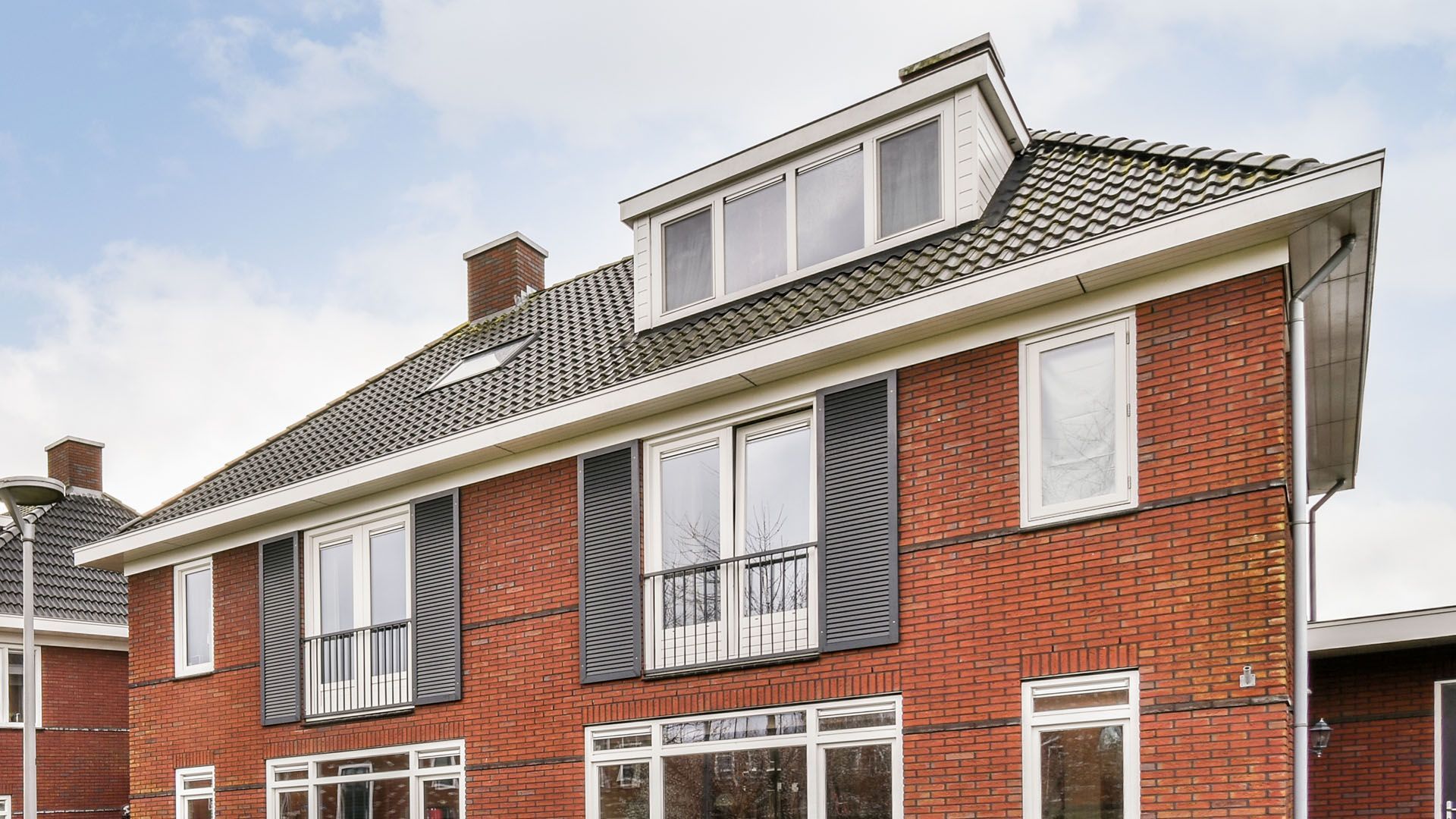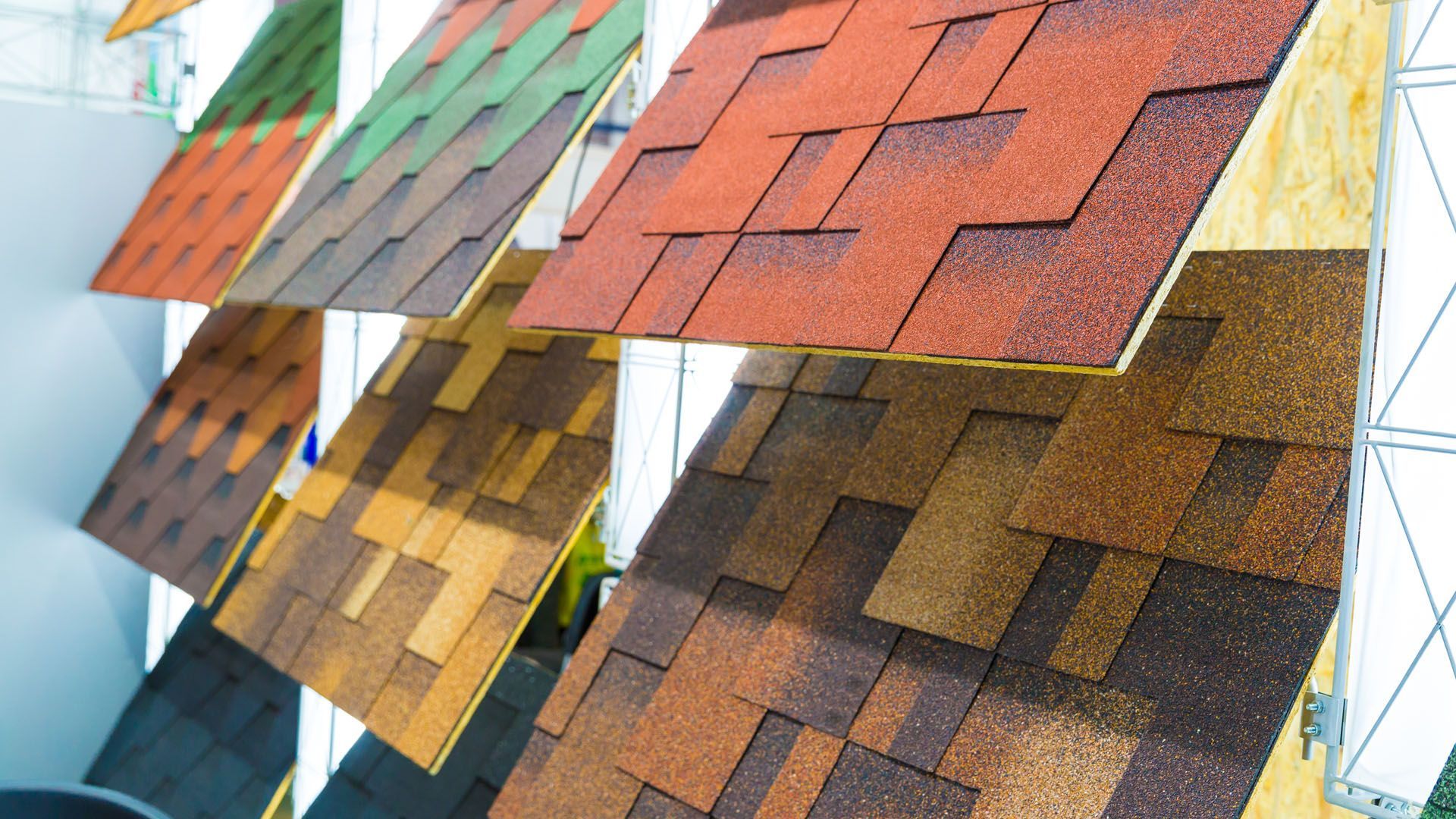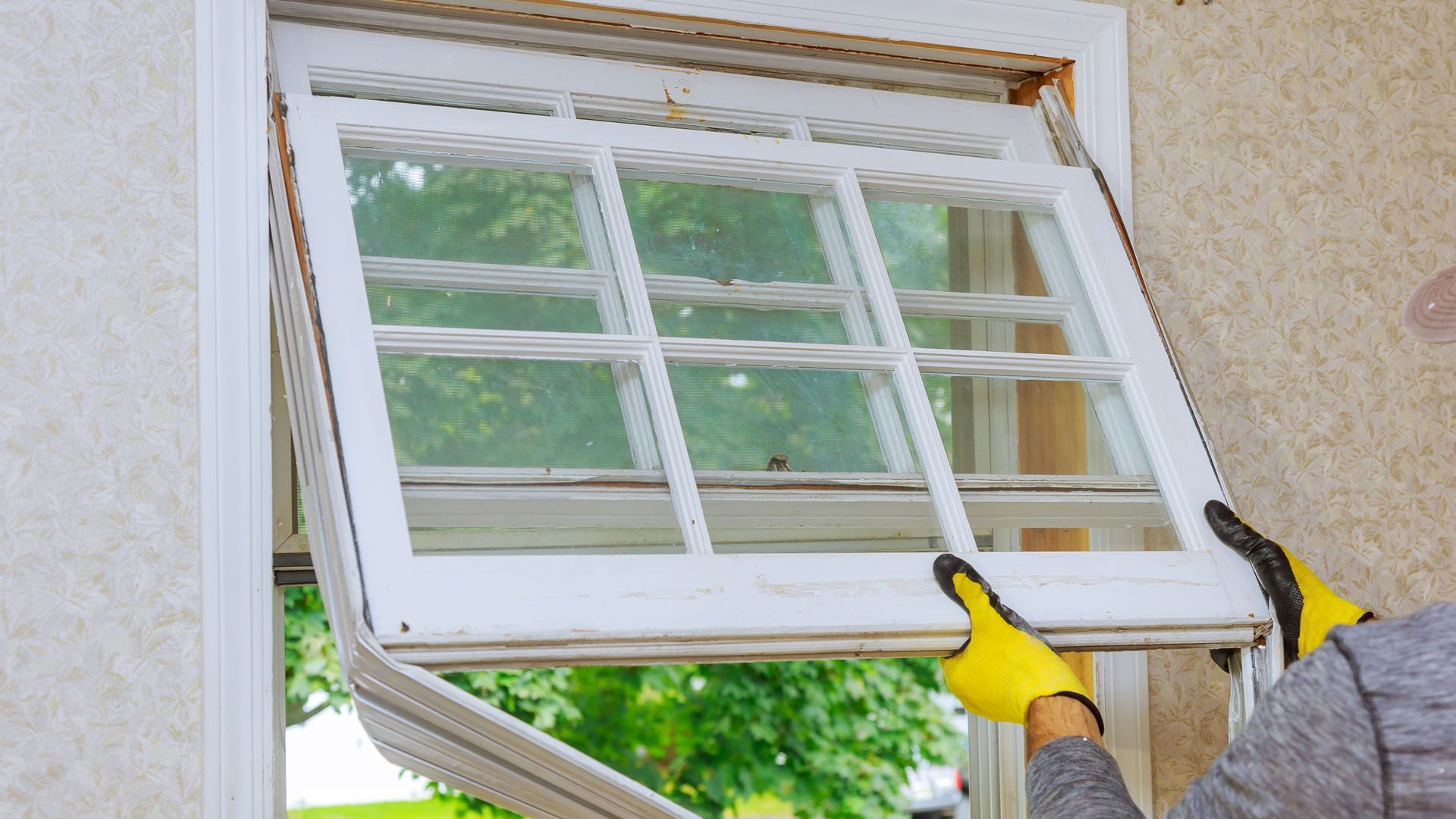Can You Paint a Metal Roof?
Yes, you can paint a metal roof. Doing so extends its lifespan, boosts its look, and adds protection against the elements. This guide will help you understand the benefits, preparation steps, best types of paint, application methods, maintenance, energy savings, and costs involved in painting your metal roof. So, can you paint a metal roof? Absolutely!
Key Takeaways
- Painting a metal roof can extend its lifespan by 10 to 20 years if the roof is in good condition and properly prepared.
- Proper preparation involves cleaning, removing rust, and repairing damage to ensure paint adhesion and longevity.
- Choosing the right paint, particularly UV-resistant options, and following proper application methods enhances both durability and aesthetic appeal.
Can You Paint a Metal Roof?
Yes, a metal roof can indeed be painted, offering several benefits. One of the most compelling reasons to repaint a metal roof is the potential to extend its lifespan by an additional 10 to 20 years, with the paint itself typically lasting around a decade. However, before you start painting, there are several factors to consider. The age of the roof, its current warranty, the type of metal roofing, the region you live in, and the overall condition of the roof all play important roles in determining whether repainting is advisable. For instance, a roof in good condition that is nearing the end of its warranty is often still a perfect candidate for repainting.
On the other hand, if your metal roof is facing issues with watertight integrity or is nearing the end of its life cycle, repainting might not be the best solution. In such cases, addressing underlying problems or considering a
roof replacement might be more effective. Nevertheless, for a well-maintained roof, adding a new coating can restore the service life of aging standing seam roofs, providing beneficial outcomes.
Painting a metal roof not only enhances its aesthetic appeal but also serves as a protective barrier against environmental elements. So, if your roof is in decent shape and you want to refresh its look while boosting its durability, repainting is a viable and cost-effective option.
Preparing Your Metal Roof for Painting
Proper preparation is the cornerstone of any successful painting project, and this is especially true for metal roofs. Ensuring that the surface is clean, free of rust, and in good repair will significantly enhance the adhesion and longevity of the paint.
Essential steps for preparing your metal roof include cleaning the surface, removing rust, and repairing any damage.
Cleaning the Surface
Ensure your roof is clean before painting. Dirt, mold, and mildew can impact the adhesion of new paint to a metal surface. Old paint can also hinder this process. A pressure washer effectively removes debris and mold, providing a clean slate for painting. Apply a mixture of water and a biodegradable cleaner for stubborn stains.
A diluted vinegar solution can remove old paint oils and residues, ensuring the new paint bonds well and avoids future peeling.
Removing Rust
Rust is a common enemy of metal roofs, but it can be effectively managed with the right approach. Utilizing a wire brush or sandpaper to remove rust is a good first step.
Apply a rust-inhibiting primer to areas with significant rust to
prevent rust and provide a stable surface for the new paint.
Repairing Damage
Thoroughly inspect your roof for any signs of damage before painting. Check for loose panels, cracks, or dents that could affect paint adhesion. Repair these issues to ensure a long-lasting paint job. Neglecting repairs can lead to paint peeling and a reduced
lifespan for your roof.
Particularly important is fixing any loose panels. A secure and stable surface will not only make the painting process easier but will also enhance the overall durability of the painted roof. Tightly fastened panels will prevent future problems and contribute to a successful painting project.
Choosing the Right Paint for Metal Roofs
Selecting the right paint for your metal roof is crucial for achieving both durability and aesthetic appeal. Different types of paint offer varying benefits, and the choice you make will significantly impact the longevity and appearance of your roof.
We will compare acrylic latex paint and oil-based paint, discuss the use of metal primer, and explore the benefits of UV-resistant paint.
Acrylic Latex Paint vs. Oil-Based Paint
Both acrylic latex paint and oil-based alkyd paint are viable options for painting metal roofs. Acrylic latex paint is preferred for bare metal surfaces due to its quick-drying properties and ease of application. It provides a smooth finish and is easy to work with, making it popular for DIY projects.
On the other hand, oil-based paints are typically more durable and are better suited for previously painted surfaces as they adhere well to existing coatings. They are especially effective on galvanized metal, providing a robust layer of protection against the elements.
Importance of Metal Primer
Priming is a crucial step when painting a metal roof. A high-quality metal primer prevents rust, ensuring that the paint adheres properly and lasts longer. A primer creates a protective layer that enhances paint durability.
Using a galvanized metal primer specifically designed for outdoor conditions can significantly extend the life of your paint job. This primer offers superior adhesion, which is essential for achieving a professional finish on your metal roof.
Selecting UV-Resistant Paint
UV-resistant paints help maintain color integrity and prevent fading from sun exposure. This is especially important in regions with high UV exposure, as it ensures that the roof’s appearance remains vibrant and appealing over time.
Using UV-resistant paint also contributes to the longevity of the roof by protecting it from the harsh effects of the sun. Designed to withstand extreme weather, this paint enhances the durability and aesthetics of your roof.
Best Application Methods for Painting Metal Roofs
Applying paint to a metal roof requires specific techniques to ensure an even and durable finish. From using a paint sprayer to employing brushes and rollers, each method has its advantages and best-use scenarios.
We will explore the pros and cons of different application methods, including tips for dealing with weather conditions during painting.
Using a Paint Sprayer

A paint sprayer is ideal for large or corrugated metal roofs. It allows for an even application and a smooth finish without brush marks, covering substantial areas quickly and efficiently. This makes it particularly useful for steep or tall metal roofs, where reaching every nook and cranny is challenging.
A paint sprayer ensures a consistent appearance, minimizes overspray, and uses paint more efficiently. Remember to wait 24-48 hours between coats to allow for proper drying and curing, which is crucial for achieving a durable finish.
Rollers and Brushes
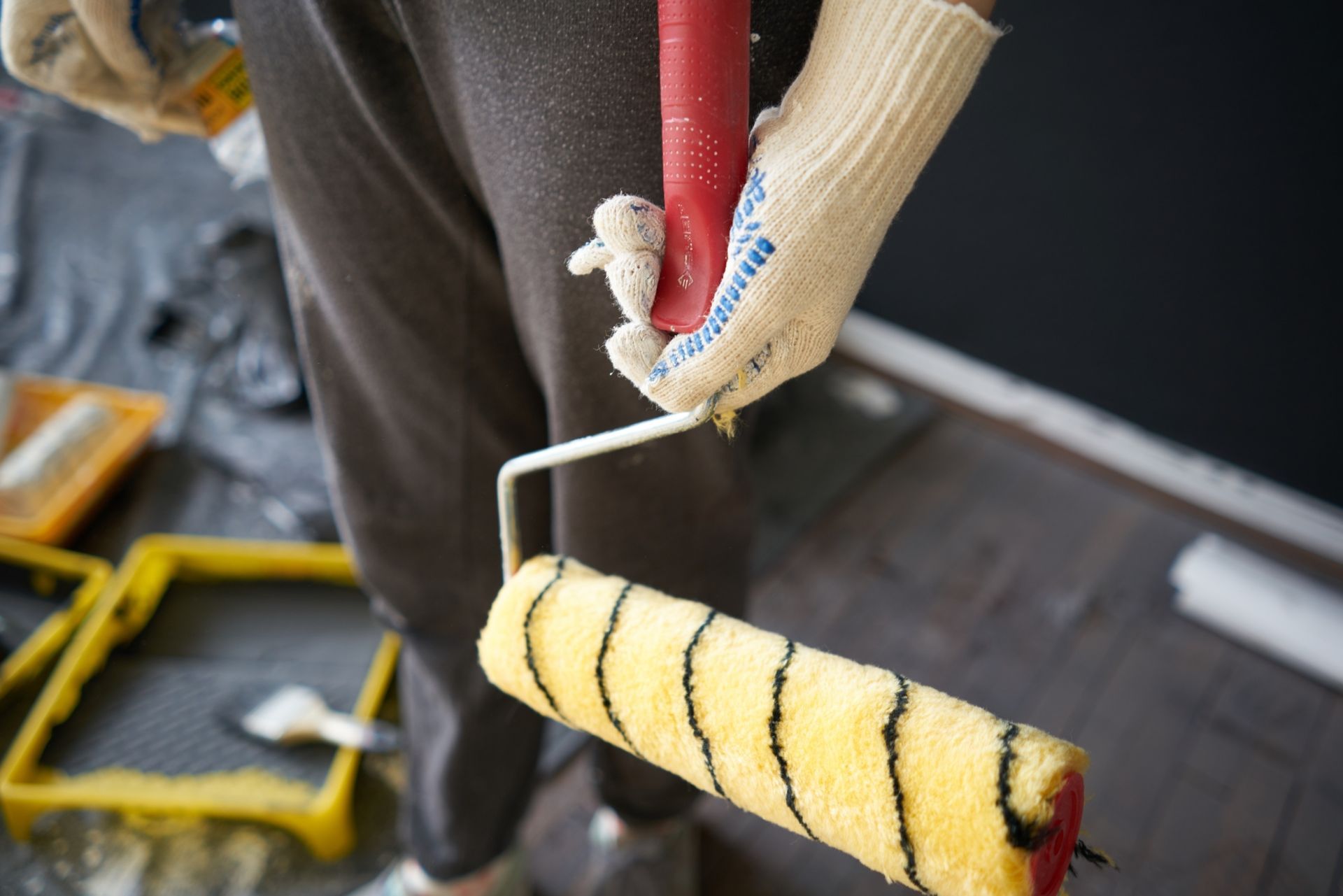
Though efficient, paint sprayers don’t replace brushes and rollers. A brush is often required to reach tight spots that rollers or sprayers may miss. Brushes and rollers ensure coverage, especially around seams, joints, and fasteners.
Weather Considerations
Weather conditions play a significant role in the success of your painting project. Ideal temperatures for painting a metal roof range between
50 °F to 85 °F. Extremely hot or humid days should be avoided as they can affect the paint’s adhesion and drying process.
Conditions must remain
dry for 24 to 48 hours after painting for proper curing. This step is essential to achieve a durable and long-lasting finish on your metal roof.
Maintenance Tips After Painting
Maintaining your painted metal roof is key to ensuring its longevity and performance. Regular upkeep will help keep your roof looking its best and protect it from wear and tear.
Essential maintenance tips include regular cleaning, inspecting for wear, and setting a repainting schedule.
Regular Cleaning
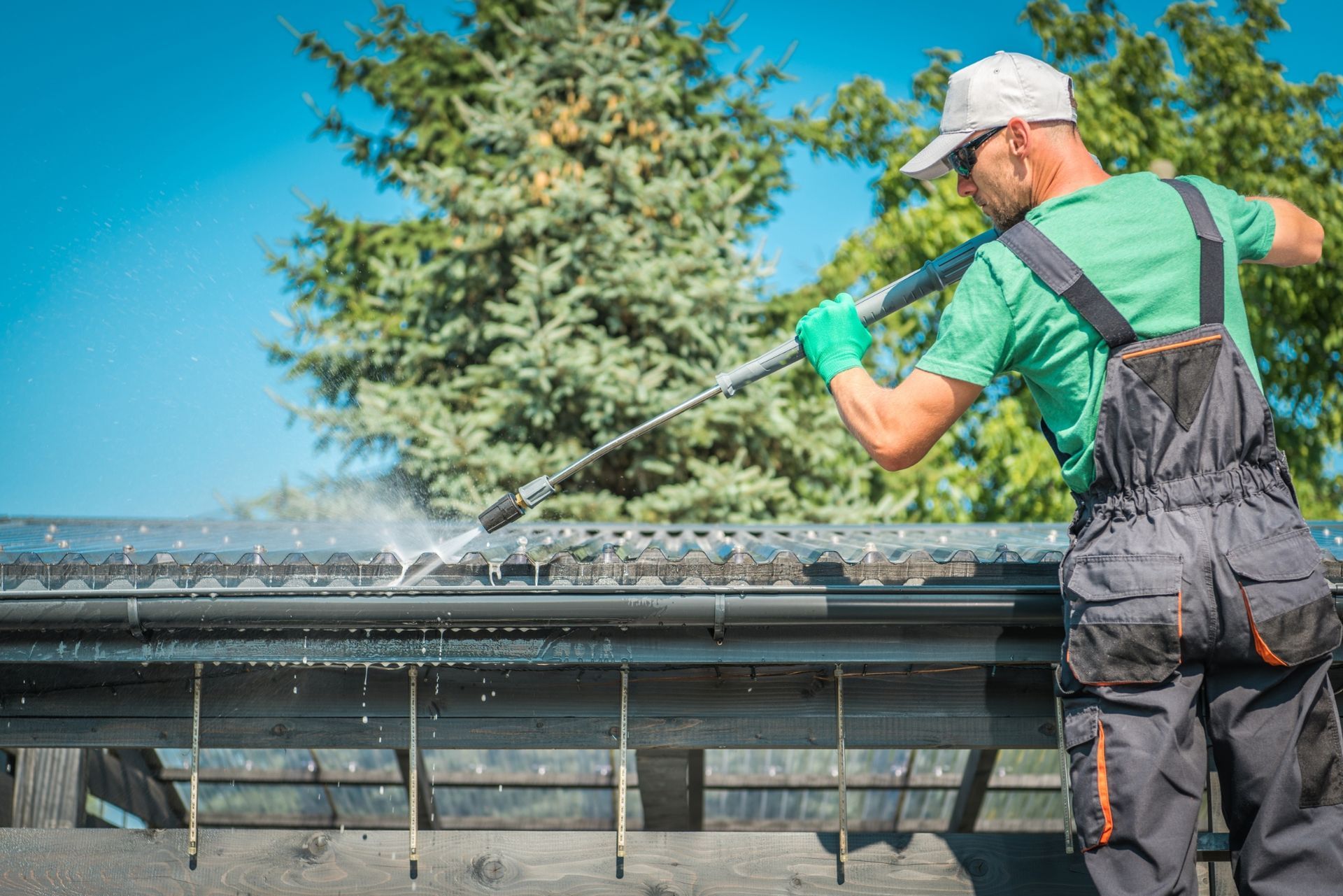
Regular cleaning maintains the appearance and functionality of your painted metal roof. Clean the roof biannually to remove dirt, debris, and potential mold growth.
Regular maintenance not only helps preserve the roof’s appearance but also extends its lifespan.
Inspecting for Wear
Regular inspections are vital to identify signs of wear and tear. Inspect at least twice a year to spot issues like peeling paint, rust, or scratches. Addressing problems early prevents further damage and prolongs the roof’s life.
Pay special attention to areas around chimneys and vents, where weather degradation is more likely. By staying on top of these inspections, you can ensure that your roof remains in good condition and continues to protect your home effectively.
Repainting Schedule
Regular repainting maintains the roof’s protective and aesthetic qualities. Repaint the metal roof every
5 to 15 years, depending on factors like climate and paint type. Regular maintenance and timely touch-ups can extend the time between full repaints.
Address paint chips or scratches immediately to prevent further damage. Quick and easy touch-ups ensure your roof remains in top condition between major repainting projects.
Energy Efficiency Benefits
A painted metal roof can significantly improve energy efficiency by reflecting heat. Reflective roof colors reduce indoor temperatures by minimizing heat absorption, leading to lower energy bills and a more comfortable living environment. A freshly painted metal roof also offers aesthetic benefits, making your home look more attractive.
The benefits of painting a metal roof extend beyond visual appeal. Choosing the right materials and colors creates a roof that looks great and contributes to a more sustainable, energy-efficient home.
Cost Considerations
The cost of repainting a metal roof varies based on several factors. The average cost for professional metal roof repainting ranges from
$4 to $8 per square foot. This pricing reflects typical market rates. The total cost depends on the
type of roof, paint system used, and installation complexity. Accessibility issues, like steep slopes, can also increase repainting costs.
However, the investment in repainting can be offset by energy savings and extended roof lifespan. A painted metal roof can
reduce energy costs by up to 40% due to its heat-reflective properties. Light-colored roofs are particularly effective at reflecting solar energy, contributing to overall energy efficiency.
Summary
In conclusion, painting a metal roof is a cost-effective way to enhance its appearance, extend its lifespan, and improve energy efficiency. By carefully preparing the surface, choosing the right paint, and following proper application and maintenance practices, you can achieve a professional and durable finish. Embrace the transformation and enjoy the benefits of a beautifully painted metal roof.
FREQUENTLY ASKED QUESTIONS
Can You Paint Metal Roofs?
Share this Post

